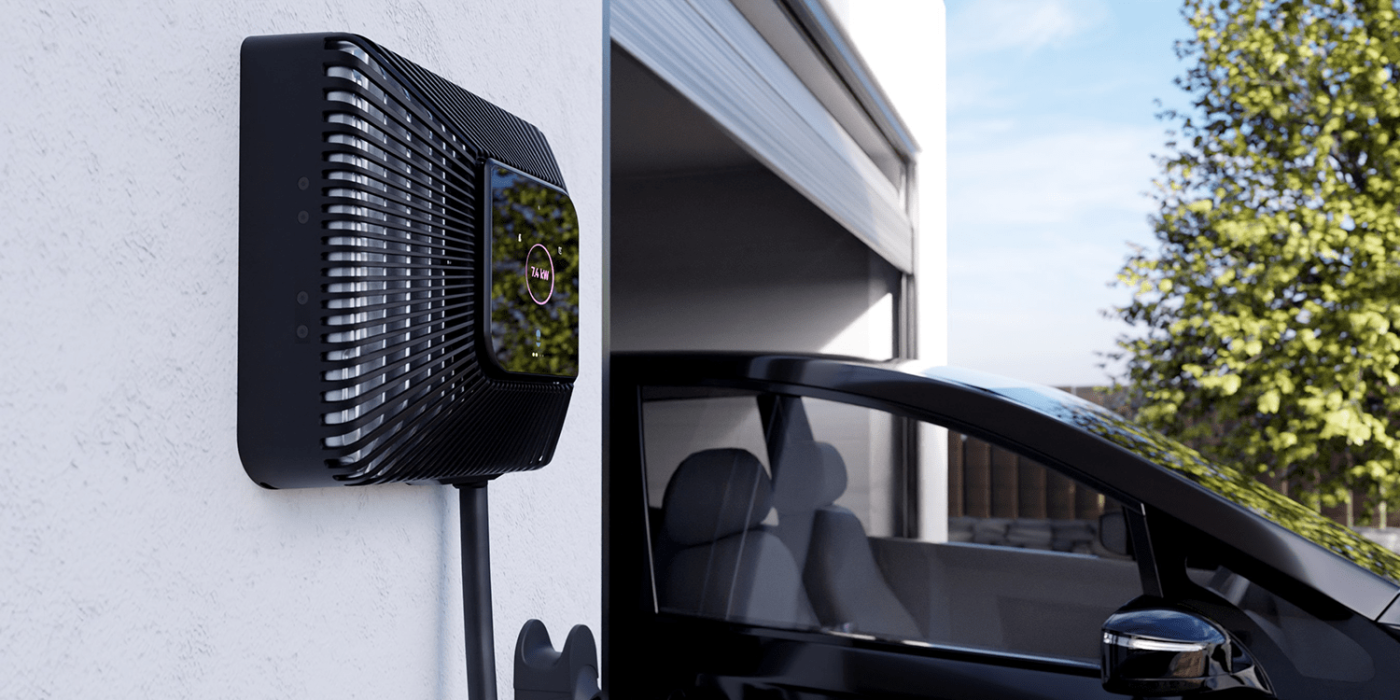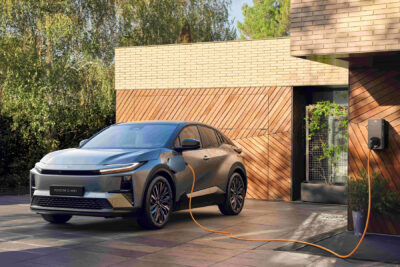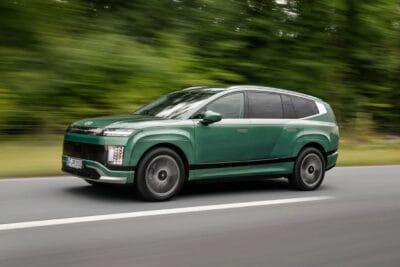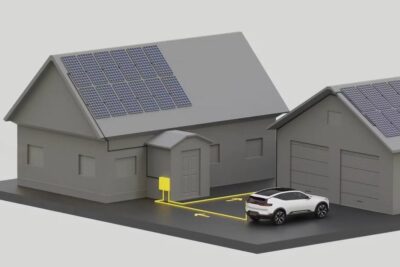Wallbox shows off bidirectional charger
At the CES this year, the Spanish supplier Wallbox is presenting the Quasar, a bidirectional home charging station for electric vehicles. Quasar will also be compatible with solar and battery storage systems, but sports a price is significantly higher than those of conventional wallboxes.
As a bidirectional charging station, Quasar can not only charge electric cars, but can also feed the electricity from the car’s battery back into the power grid or supply the house with electricity when needed. The Spanish company now promises that, unlike other bi-directional charging stations from the commercial sector, the new wallbox is about the same size as a conventional wallbox charging station. In addition, Wallbox speaks of a “significantly lower price”, but does not mention the exact amount in the communication. According to Electrek, Quasar will probably be available on the US market for around 4,000 dollars.
Unlike conventional wallboxes, which only use the AC port of the car, Quasar’s cable is connected to the DC charging port, although the maximum charging power of 7.4 kW is far below the possibilities of the DC connection. Currently, this probably only works with the CHAdeMO standard. CCS versions are currently under development, as wallbox North America boss Douglas Alfaro stated in an interview with Electrek. A version with the Tesla connector, which is proprietary in North America, is being considered but requires the approval of Tesla.
Regardless of the charging standard used, the bi-directional charging box is to be connected to an energy management system that will also connect, for example, its own solar system or stationary battery storage. Depending on the application, the electric car with the bidirectional connection should even be able to replace a stationary storage tank as a buffer for its own solar power, which would make the $4,000 significantly cheaper than a home storage system such as a Tesla Powerwall. But to do this, the car and its battery must also be connected at home when the sun is shining – and not in the underground car park of the office building.
Quasar owners should be able to control the charging behaviour of the box via an app – i.e. how much power can be drawn from the car battery or how much should at least remain in the battery for driving. Optionally, Quasar is also to be given face recognition and gesture control to enable the charging box for neighbours, for example. In addition to facial recognition, users should also be able to authenticate themselves via Bluetooth Proximity, the wallbox app and RFID.
“To provide a sustainable future, we have to ensure the energy we use is clean,” says Enric Asunción, co-founder and CEO of Wallbox. “As bidirectional charging offers us the possibility to store energy from renewable sources for later use, it will help us to move towards this future.”





4 Comments